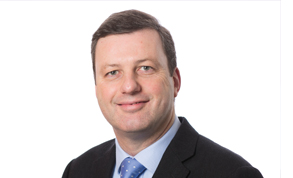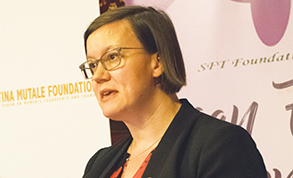NAO critical of government PPE procurement
The critical report came as the Commons Public Accounts Committee said the government lost a crucial month in procuring ventilators because it was ‘underprepared and acted slowly’.
The NAO report said the government made a huge effort to boost supply to rectify the situation, but it paid high prices due to the unusual market conditions that were driven by global demand.
Prices rose sharply. For example, respirator masks increased by 166%, while the price of body bags was 1310% higher than the same period in 2019. The NAO said that had prices remained at 2019 levels, expenditure on PPE to July 2020 would have been £2.5bn – £10bn less than the government actually paid.
Last week, the NAO reported that the highest standards of documentation and transparency were not always evident in procurement during the early stages of the pandemic.
This week the auditor said that despite the government’s efforts, frontline workers reported shortages of PPE. PPE stockpiles were intended for a flu outbreak, and did not include some stock needed for the Covid pandemic, such as gowns.
There were also difficulties distributing PPE and a lack of information on how much stock each trust needed. To manage the situation, the Department of Health and Social Care established a parallel supply chain, making orders worth £7bn through this route by the end of May.
However, the time lag between ordering PPE and it being ready for use meant the parallel supply chain could not satisfy demand – 32 billion items of PPE were ordered between February and July, but only 2.6 billion were delivered to frontline organisations.
Demand was so high in April and May that stock levels were negligible for most types of PPE, with trusts getting by on a combination of centrally allocated deliveries, stock they were able to purchase and items shared by other bodies. However, this began to turn around towards the end of May, and by September the Department reported it was on course to stockpile four months’ supply by the end of November.
Adult social care providers said they were not adequately supported, relying on purchasing stock from wholesalers, local resilience forums or the Department’s emergency helpline. The sector received 10% of its estimated need between March and July – in the same period trusts received 80% of estimated need.
There were also issues with some stock not meeting required standards. Trusts told the NAO that though they were concerned about PPE stocks, they always seemed to get what they required – however, staff surveys have said they did not always feel they had access to the items they needed and were not adequately protected. Employers have reported 126 deaths and 8,152 diagnosed cases of Covid-19 among health and care workers linked to occupational exposure.
Gareth Davies (pictured), head of the NAO, said that, once it recognised the gravity of the situation, the government worked hard to source PPE. But he added: ‘Most of these orders were not received in time for the first wave of the pandemic and many frontline workers reported shortages of PPE during that time. The price of PPE increased dramatically, and that alone has cost the taxpayer around £10bn.
‘There are important lessons for government to learn as it continues to tackle the pandemic. This includes fully understanding not just the requirements of the NHS, but also social care providers so that they can be better supported in future.’
Layla McCay, NHS Confederation director, said it was clear the nation was not prepared for the pandemic in terms of PPE stock.
‘The anxiety NHS leaders and staff experienced in living hand to mouth with PPE supplies earlier this year must never be repeated. But lessons have been learned and since March the government has developed more robust supply chains. As the NAO reports, the government is on course to have stockpiled four months’ supply of PPE this month – this is major improvement from where we were at the start of the pandemic.’
She added: ‘We also need to learn lessons about the supply of appropriate-sized PPE for BME staff in particular. This has been a significant concern for NHS leaders, and we need to ensure there is sufficient stock of all the different types of masks and other items of PPE such as gowns.’
The PAC report said the Department and the Cabinet Office had secured an additional 26,000 ventilators at a cost of £569m. However, it said the response had been slow initially and it was fortunate that most of the ventilators were not needed.
PAC chair Meg Hillier (pictured above) said the fact that no NHS patient who needed a ventilator was denied one, was a success that should not be downplayed. But she added: ‘There is a strong sense that this came about much more by luck than design, and in fact it’s clear there was no design – DHSC incredibly had no plan for sourcing critical care equipment in an international emergency.’
Related content
We are excited to bring you a fun packed Eastern Branch Conference in 2025 over three days.
This event is for those that will benefit from an overview of costing in the NHS or those new to costing and will cover why we cost and the processes.